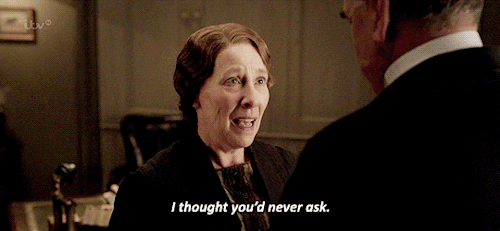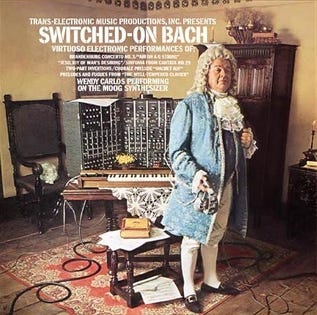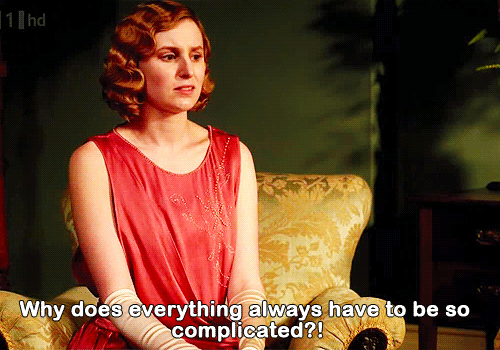My teenager texted me in the middle of the day two weeks ago to let me know he wants a Moog Synthesizer to be added to our home arsenal of instruments.
I started with a simple question: “Why?”
“Because it’s cool.”
While he likely wants a synth to recreate the sound of Billy Joel’s Streetlife Serenade album, the first work for that particular axe that comes to mind for me comes from only five years earlier.
I would love to share tracks with you, but it’s not streaming anywhere. Composer/arranger/engineer/performer Wendy Carlos is famously no fan of digital distribution. Which seems ironic for a pioneer of electronic music.
Robert Moog, the creator of the synth himself (Carlos was part of the creation process), described Switched on Bach as “the birth of a new genre of music.” Glenn Gould called it “one of the great feats in the history of ‘keyboard’ performance.” Previously synthesizers had only really been used for sound effects - Carlos herself was making money with hers by playing short jingles. Using a synth for Bach? It was a revolution. Though Carlos described it as less elegant of a process than you might imagine.
She compared the album’s creation to the work of Disney animators - where your artistic side comes up with an innovation, but then you have to become a technician to figure out how to execute the vision. The limitations included only being able to play one note at a time, and the instrument’s lack of ability to hold itself in tune. She described hitting it with a hammer to get the right level at times.
The record label, CBS, had no idea what was in its hands. Expecting it not to sell, they apparently ceded the master copies and a huge royalty percentage in the initial agreement. The release party was shared with several other Moog-heavy albums, including Terry Riley’s famous In C - the expected hit of the group.
But while reviews for In C were raves, it was Switched on Bach that SOLD. Carlos’s album ended up platinum, with three Grammy awards to show for it.
My son is not wrong, it would be very cool to have a Moog in the house. And while I’m not sure where we’d put it I was at least willing to google it and see what kind of price range I’d be looking at. That’s when it occurred to me that I might not be buying any new instruments for a while.
Like so many gadgets, even if a musical instrument is made in the USA, it likely relies on an imported part at some point during its manufacturing. According to NAMM, 43% of music industry products are imported from China - a massive portion considering that it’s only 13% on average for other industries. Components for musical instruments are highly specialized, and might only be made in one place. Plus tonewoods used in instrument building often can’t be grown in the US. This spells trouble for kids who want to play, and also for your local music store.
As a music lover I can certainly recognize that this isn’t as dire a concern as the cost of insulin and possible food supply issues. But it hits upon the reach that economic uncertainty can have.
I can’t help but feel for the parents approaching 5th and 6th grade band and orchestra, knowing that those new rent-to-own instruments are going to be much tougher deals. Music already has a reputation of a high financial barrier to entry - this can’t possibly help.
Funny enough, despite its high price tag now, the Moog was actually created to save money. A portable music studio that traded transistors for the previously used vacuum tubes. Not a very romantic description. But how many people had access to innovation in music making because of it?
Classical music is facing yet another massive speed bump, just 5 years after the COVID one. The NEA is not a given. Indeed, sponsorship and patron budgets also are not guaranteed. We’ve innovated our way out of it before, and maybe in this time of questioning everything we think we know, we can create something new to take us into the next quarter century. Gen Z, I’m ready for your Switched on Bach.
In the meantime, do any of my friends have a synthesizer lying around?
-Colleen











I (you) have a cousin that had a Hammond B3 organ in his home. He could use the drawbars (?) on the top to mix sounds and could play Bach pieces that sounded nearly identical to a moog. I loved Switched on Bach. I might still have the CD. Or even the LP.